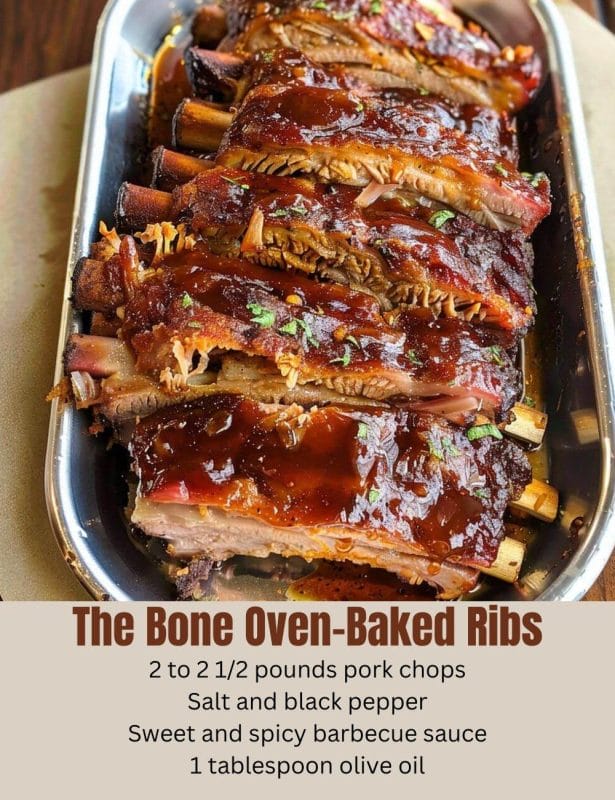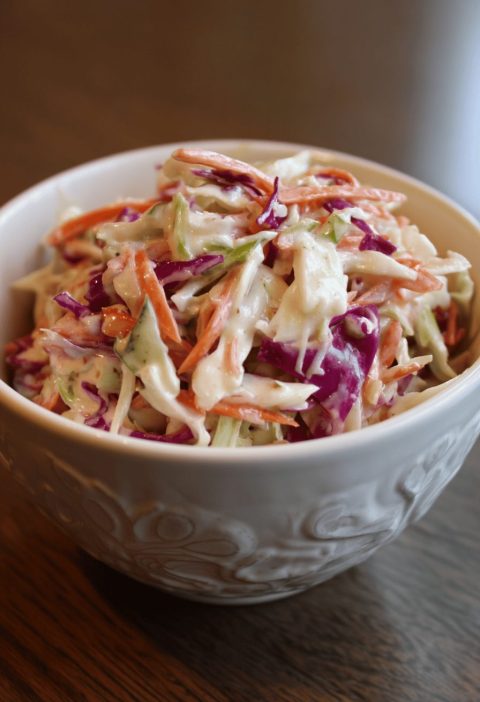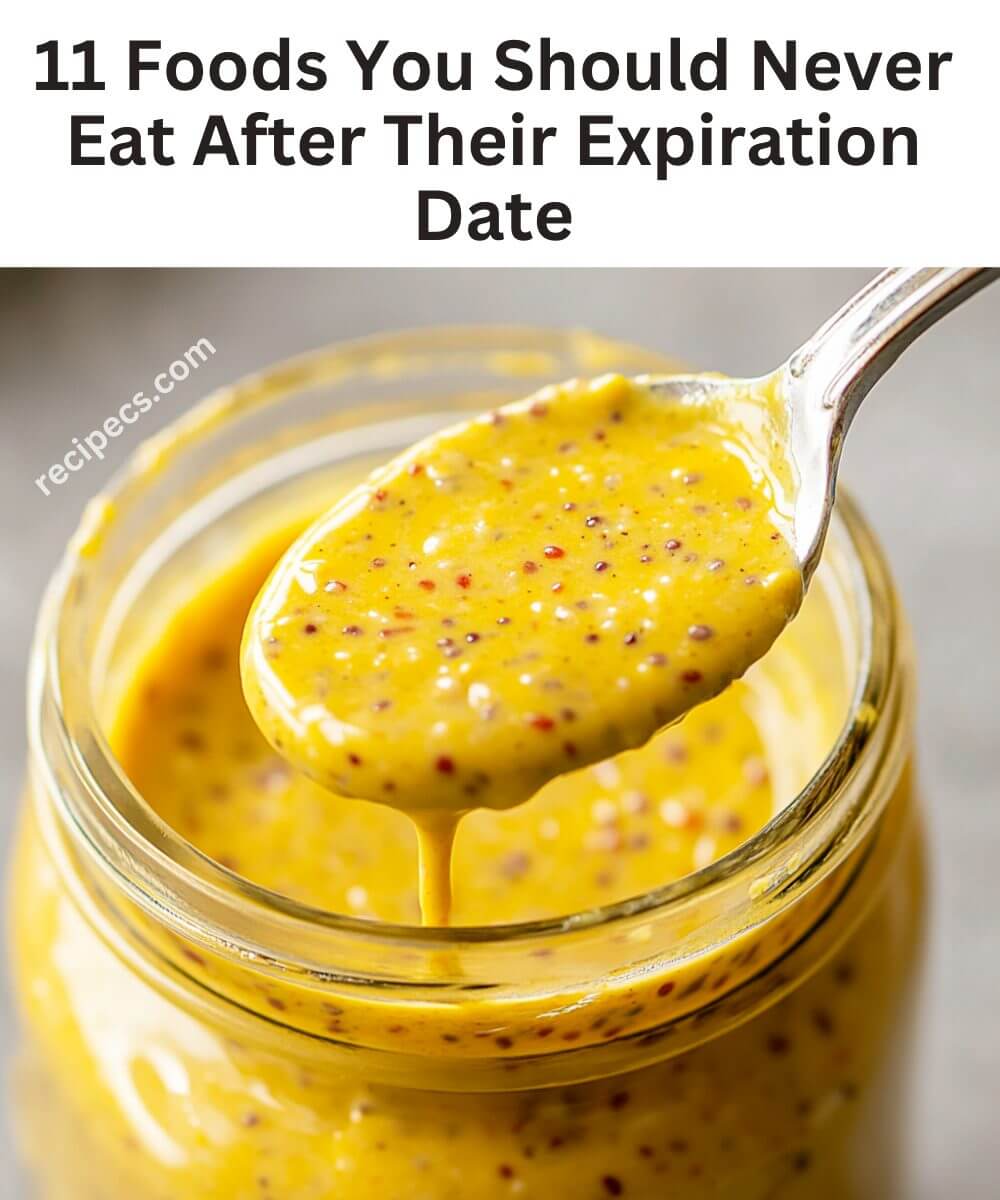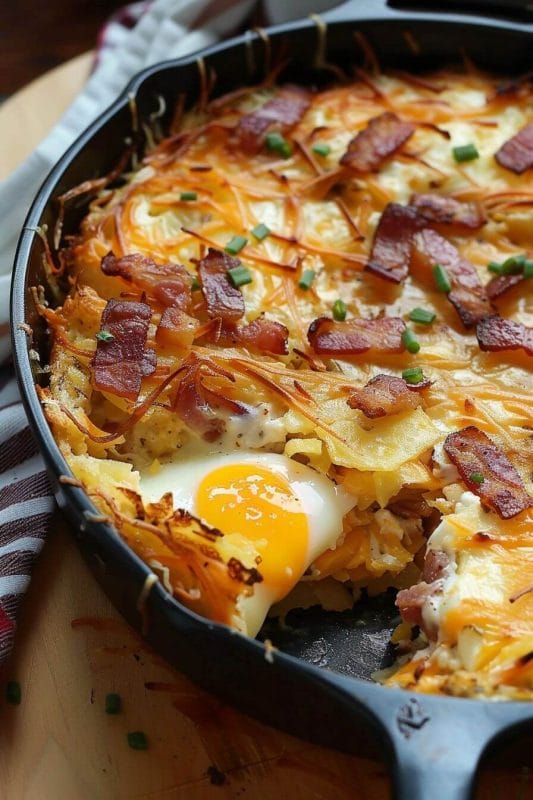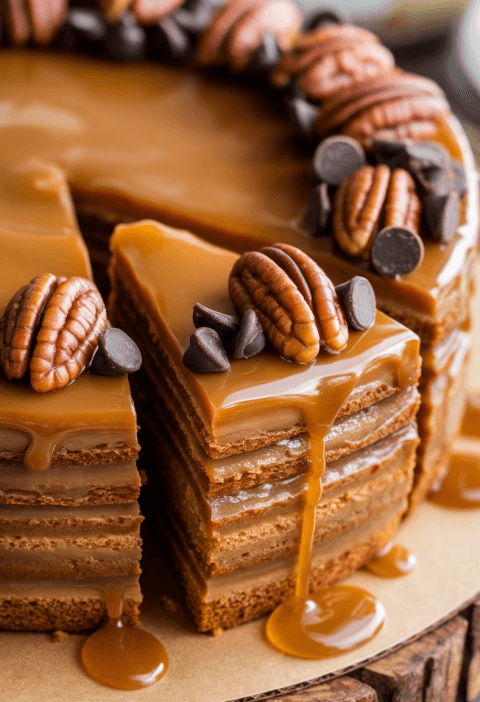Would you like to save this?
Kitchen cabinets are notorious for accumulating a greasy film over time, especially if you’re someone who loves cooking. This sticky grime, usually a combination of cooking oils, dust, and other airborne particles, can be both unsightly and frustrating to clean. Many people resort to harsh chemicals or endless scrubbing to tackle the issue, but my aunt shared a simple yet highly effective trick that makes removing this greasy residue almost effortless. In this article, I’ll reveal this method that has saved me time, energy, and has left my kitchen cabinets looking as good as new.
The Problem with Greasy Cabinets
Before diving into the solution, let’s understand why kitchen cabinets get so greasy in the first place. When you cook, tiny particles of oil and grease are released into the air. These particles eventually settle on surfaces, with kitchen cabinets—especially those close to the stove—becoming prime spots for this buildup. Over time, the settled grease attracts dust and dirt, creating a stubborn, sticky film that can be difficult to remove.
Traditional cleaning methods often involve intense scrubbing, which can be exhausting and might even damage the finish of your cabinets if done too aggressively. Plus, some commercial cleaners contain harsh chemicals that can harm both the surface of your cabinets and your health. Finding a gentler, more effective method is key—and that’s where my aunt’s trick comes in.
The Magic Solution: Baking Soda and Vegetable Oil
Yes, you read that right! The secret trick involves using two common household items: baking soda and vegetable oil. This combination might seem odd at first—after all, why use oil to remove oil? But the science behind it is surprisingly effective. The two ingredients work together to break down grease and lift grime without the need for harsh scrubbing or harmful chemicals.
Why This Method Works
- Baking Soda: Known for its mild abrasiveness, baking soda acts as a gentle scrubber that helps break down the sticky, greasy film without scratching or damaging the surface of your cabinets. It’s also a natural deodorizer, meaning it helps eliminate any lingering odors trapped in the grease.
- Vegetable Oil: It might sound counterintuitive to use oil to clean grease, but the principle of “like dissolves like” explains it. When you apply a small amount of vegetable oil to a greasy surface, it dissolves the existing grease, loosening its grip and making it easier to wipe away. Plus, it adds a slight sheen to your cabinets, enhancing their appearance without making them look oily.
How to Use the Baking Soda and Vegetable Oil Method
Ready to give this trick a try? Here’s a step-by-step guide to using this simple yet effective method to get your kitchen cabinets looking pristine again:
What You’ll Need:
- Baking soda
- Vegetable oil (any type will work)
- A soft cloth or sponge
- A small bowl
- Warm water
Steps:
Create the Cleaning Paste:
In a small bowl, mix together one part baking soda with one part vegetable oil. You don’t need much—start with about a tablespoon of each, depending on the size of the area you need to clean. Stir the mixture until it forms a thick paste.
Apply the Paste to Greasy Areas:
Dip a soft cloth or sponge into the paste and gently apply it to the greasy areas on your cabinets. There’s no need to scrub hard; just ensure that the paste covers all the greasy spots.
Let It Sit for a Few Minutes:
Allow the paste to sit on the cabinets for about 5-10 minutes. This waiting period lets the mixture break down the grease and grime effectively.
Wipe Away the Grease:
After letting the paste sit, take a clean cloth or sponge dampened with warm water and gently wipe away the paste. You’ll notice that the grease and grime come off easily, leaving behind a clean, smooth surface.
Rinse and Repeat (If Necessary):
If you still see some greasy residue, repeat the process until your cabinets are completely clean. Most of the time, one application is enough, but particularly stubborn grime might require a second round.
Final Rinse and Dry:
Once you’ve removed all the grease, wipe down the cabinets with another clean cloth dampened with warm water to remove any remaining residue. Finally, dry the surface with a dry cloth to prevent any water spots.
Additional Tips for Maintaining Grease-Free Cabinets
To keep your kitchen cabinets looking their best, here are a few tips to prevent future grease buildup:
Regular Cleaning: Make it a habit to wipe down your cabinets with a damp cloth regularly, especially after cooking. This routine maintenance will help prevent the buildup of grease and grime, reducing the need for deep cleaning.
Use a Grease Filter: If you do a lot of frying or high-heat cooking, consider installing a grease filter in your kitchen. These filters can trap some of the airborne grease particles before they settle on your cabinets.
Avoid Harsh Chemicals: Stick to natural cleaning solutions like the baking soda and vegetable oil mixture or other gentle cleaners. Harsh chemicals can damage the finish of your cabinets and pose health risks.
Consider Cabinet Material: Different cabinet materials might require different care. For instance, wooden cabinets might benefit from a gentle wood cleaner or polish after using the baking soda and oil method.
Potential Variations and Other Uses
If you want to try something a little different or enhance the basic mixture, consider these variations:
- Add Lemon Juice: Adding a few drops of lemon juice to the paste can increase its cleaning power and leave a fresh, citrusy scent behind.
- Essential Oils: For a pleasant fragrance, add a few drops of essential oil, such as tea tree or lavender. This can also provide extra antibacterial properties.
Why My Mom’s Trick is a Game-Changer
My aunt’s baking soda and vegetable oil trick for cleaning greasy kitchen cabinets is nothing short of magical. Not only is it incredibly effective at breaking down stubborn grease, but it also requires almost no effort on your part. Plus, it uses ingredients you likely already have in your pantry, making it a cost-effective and eco-friendly solution.
The next time you notice a greasy film on your cabinets, skip the harsh chemicals and give this simple solution a try. You’ll be amazed at how effortlessly you can restore your cabinets to their original glory. Happy cleaning!



